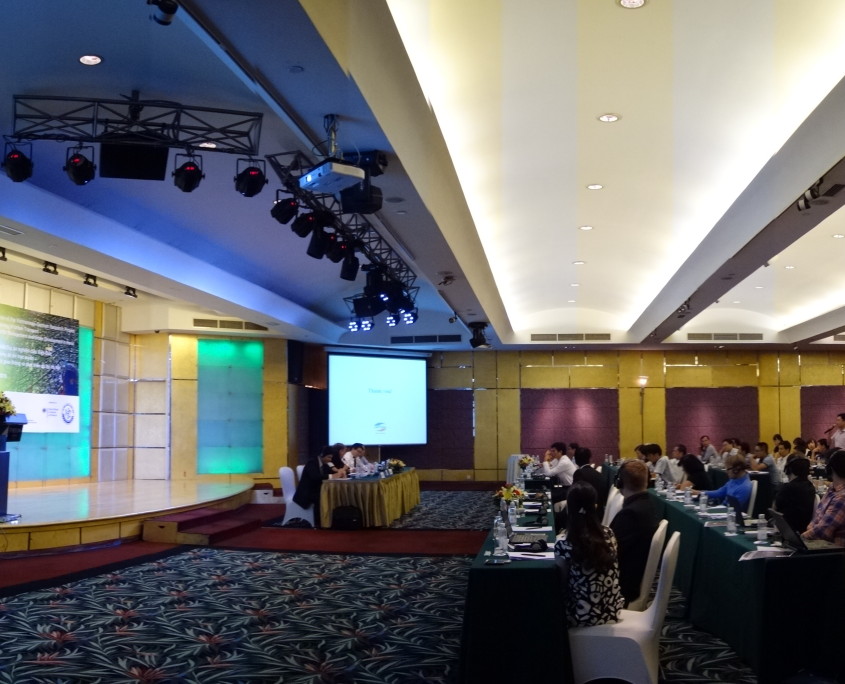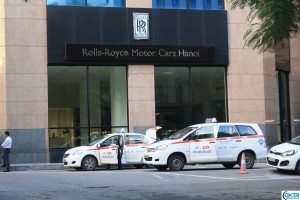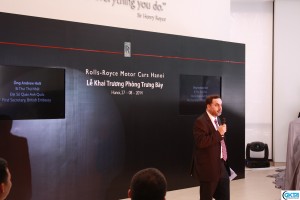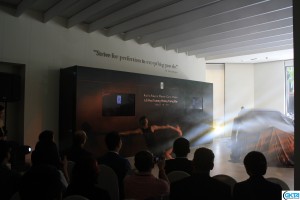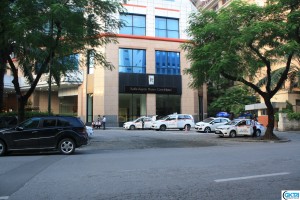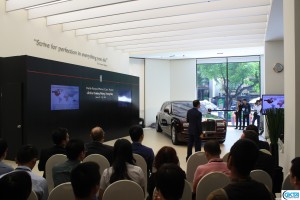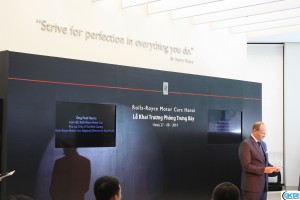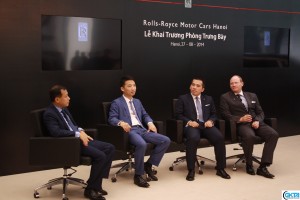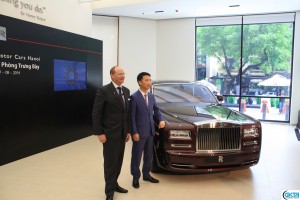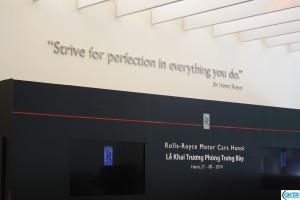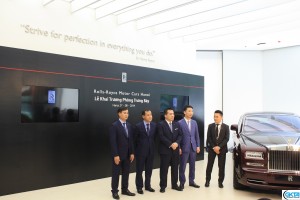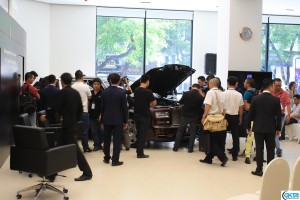The REMON Project
On July 2 and 3, the Final Conference of the Vietnamese-German Research Project Real Time Monitoring of Urban Transport—Solutions for Traffic Management and Urban Development in Hanoi (REMON) was held in Hanoi. During the conference, project representatives outlined their plans for going forward and listened to the concerns of the attendees, which ranged from data privacy to the methodology of the proposed actions.
Traffic in Vietnam can conjure up images of motorbikes, bicycles, buses, and luxury vehicles all vying to occupy the limited space on the road, especially in major cities. Already during rush hour, parts of Hanoi and Ho Chi Minh City are near impassable. Few experiences could be worse than being caught at a red light in Ho Chi Minh City during the rainy season, and surrounded by the drone and exhaust of a few hundred motorbikes in front and behind. (Your author has experienced this firsthand.)
And up in Hanoi, the afternoon rush hour can turn into a “Battle Royal” where buses are operated as if they were cars, cars as if they were motorbikes, and motorbikes as if there were regulations for operating a motorbike. The Vietnamese dream is to own a car—to show off success to others, to protect from the elements, and to travel comfortably.
Last year, the first Rolls-Royce Motor Cars showroom in Vietnam opened up in Hanoi. However, as we explained during coverage of the Yamaha Town Hanoi showroom, the car will never fully replace the motorbike in Vietnam, and Hanoi itself is a Motorcycle Dependent City (MDC). Still, Vietnam experiences 10% new vehicles on the road each year and congestion will only increase as more people become successful as a result of the economy. In fact, there are even events called “car washes” where an entire company will go out to celebrate the purchase of a car by one of its employees–arguably, one of the nicer effects of an increasing number of vehicles on the road, but not without short and long-term effects on the city, its people, and the environment.
So in the last three years, a team of Vietnamese and German researches has looked at this increasing traffic issue in Hanoi. The REMON Project is funded by the German Federal Ministry of Education and Research and the Ministry of Science and Technology, Vietnam and has been ongoing since May 2012 (and will run until October 2015).
According to a handout at the event, the REMON project has several key objectives:
- “reduction of air pollutants and emissions;”
- “reduction of energy consumption in the urban transport sector in Hanoi, Vietnam;”
- “establish a real-time traffic information system in Hanoi, which helps to increase the efficiency of Hanoi’s transport system;”
- reduce environmental impacts of traffic, in particular traffic jams, traffic-induced emissions and energy consumption.”
The REMON project wants to track and detect traffic conditions in real time via two methods; Floating Car Data (FCD) and Floating Phone Data (FPD) which is essentially GPS data from onboard units in vehicles but also the smartphones of the vehicle drivers as well.
The REMON project hopes to use the raw data for several applications ranging from “informing road users of the current traffic situation on each street to controlling and managing traffic as well as long-term transport and urban planning efforts and measure to solve traffic problems.”
Thus, the focus is on short-term traffic information as well as long-term transport management approaches and urban planning solutions. In other words, “the REMON project is a well-adapted, demand-oriented, collaborative research and development project between German and Vietnamese partners. It aims at establishing a traffic information system and using it for achieving an integrated urban and transport development of Hanoi.”
Ridesharing and Electric Vehicles in the Future
Uber arrived in Vietnam in June, 2014 in Ho Chi Minh City and in October in Hanoi. GrabTaxi also arrived last year in Vietnam. These services help optimize the flow of people across cities but they also have the potential to reduce future vehicles on the road considering the tough parking situation in Hanoi. For sure, once the metro comes online, it will provide a viable alternative for navigating around Hanoi (and Ho Chi Minh City).
On the other hand, electric vehicles such as bicycles, are usually associated with young people or students. At the high-end range, if Tesla Motors were to enter Vietnam it could change the perception of electric vehicles in this market. However, entering an Asian market where consumers want to have instant gratification and want to save “face” and requires developing infrastructure can be quite challenging as seen with Tesla Motors’ progress into China.
There are definitely opportunities to partner with residential and commercial developers in Vietnam to offer Powerwall (see a full Powerwall 2 review) and other devices in the portfolio that could benefit residents, customers, and others who are interested in living a high-tech, stylish, and green life. For example, establishing VIP charge/parking spots at malls, and premium parking in residential developments are some options for building a suitable brand image for Tesla Motors. Successful Vietnamese want others to acknowledge their success and want to be seen in exclusive situations so it may take some time for a mindset or attitude shift, especially from the nouveau riche, who will only increase in numbers in the future.
One thing is certain: the focus and results of the REMON project will affect all Hanoians as the impact of traffic is demonstrated in more relatable terms such as quantifiable lost productivity due to waiting in traffic (or even access to the real-time data via a mobile application as the project hopes to achieve). Along those lines, solutions for traffic challenges could emerge from a variety of areas–not only the private sector or from researchers, but also from the public via crowdsourcing campaigns. Indeed, there were many vocal and concerned commentators at the event in the audience who did not have a shortage of opinions on what should be done moving forward. In the meantime, the continued promotion of basic standards of courtesy on the roads with an emphasis on safety, utilizing signals, and respecting traffic laws can go a long way toward improving the commuting, driving, and riding experiences in cities such as Hanoi; after all, innovation and technology can help to fill in the gaps.
If you would like to know more information or would like to view the material presented then you can find it here.

